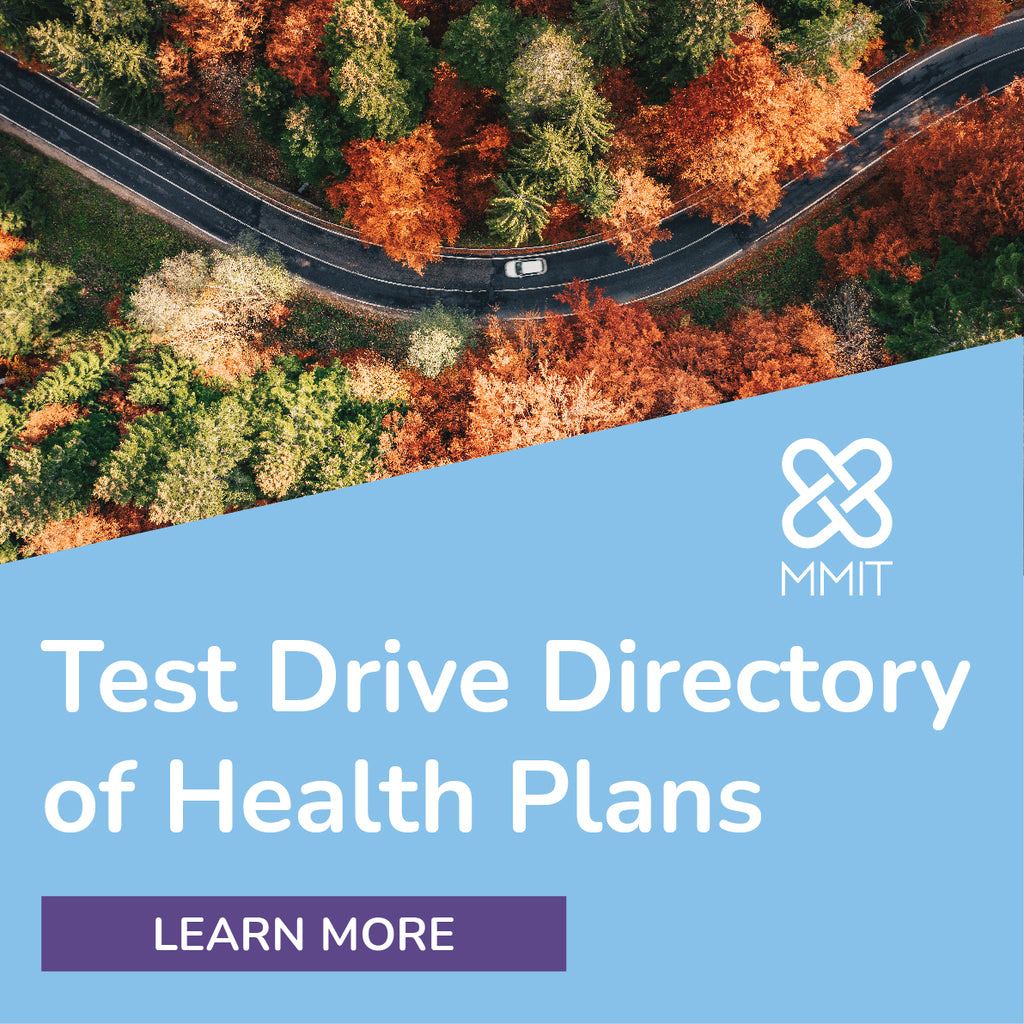Radar on Medicare Advantage
-
Post-COVID, Centene Foresees Expansion in MA and Medicaid
Providing updated guidance three months into the COVID-19 pandemic, managed Medicaid leader Centene Corp. last month raised its full year adjusted earnings per share outlook by 20 cents at the midpoint to an EPS range of $4.76 to $4.96. And while only an estimated 7% of 2019 revenue came from Medicare, executives recently emphasized Centene’s expectation that the Medicare market will be a growth driver going forward.
During its 2020 Virtual Investor Day on June 12, the insurer said it expects total revenues for full year 2020 to be between $109.5 billion and $111.9 billion. That’s a reduction of $500 million due to the delayed start date of its North Carolina Medicaid pact. Centene also said it expects overall membership growth to peak in the third quarter with an increase of approximately 1.9 million members, driven in large part by Medicaid. Centene as of March 31 served 23.8 million enrollees, including 11.8 million Medicaid lives. The acquisition of WellCare Health Plans, Inc., which closed in January, roughly doubled Centene’s Medicare Advantage membership to 976,700 lives. WellCare also had 4.4 million stand-alone Prescription Drug Plan members as of March 31.

-
Star Ratings Take Aim at Member Experience in ‘Huge’ Shift
CMS, building on its multi-year theme of emphasizing member experience within Medicare Advantage (MA), is increasing the weight of member experience measures beginning with the 2021 star ratings. By the 2023 star ratings, member experience will represent nearly one-third of plans’ overall star ratings, potentially leading to a significant reshuffling of MA plans achieving bonuses, analysts say.
Given the COVID-19 pandemic and these changes, which take place within the pandemic’s confines, plans may need to scramble to adjust, the analysts say.

-
ESRD Enrollment Creates Cost, Network Unknowns for MAOs
As Medicare Advantage plans prepare to enroll patients with end-stage renal disease (ESRD) this fall, a recent change to network adequacy measurement will give them some flexibility in how they include dialysis care in their networks. Meanwhile, a new lawsuit challenging CMS’s decision to exclude outpatient dialysis facilities from time and distance standards suggests the move could dampen enrollment of ESRD patients in MA plans, but experts say a lot will depend on how they shop and what they’re looking for in coverage this fall.
Thanks to a provision in the 21st Century Cures Act, signed into law in 2016, some 300,000 ESRD patients will be eligible for MA coverage effective Jan. 1, 2021, whereas they were previously allowed in MA plans only for the plan year in which they were diagnosed or if they enrolled in a Special Needs Plan specifically designed to serve ESRD patients (RMA 2/20/20, p. 1).

-
Thousands Join Medicaid Rolls as Pandemic Causes Unemployment to Spike
As the novel coronavirus continues to touch nearly every aspect of American life, the U.S. unemployment rate hit 14.7% in April 2020, a level not seen since the Great Depression. And the speed at which job losses are mounting is unprecedented — in February 2020, the unemployment rate was just 3.5%. Without employer-sponsored coverage, many Americans have become newly eligible for Medicaid in recent months. States that have reported Medicaid enrollment data for April, May or June 2020 have seen an average Medicaid enrollment increase of 4% from the first quarter of 2020 to the second quarter. That’s a significant change from the previous trend, as nationwide Medicaid enrollment actually dropped 0.6% from the fourth quarter of 2019 to the first quarter of 2020. Though the full national picture is not yet in focus, of the 31 states that have released second-quarter Medicaid data, none have seen a decrease in sign-ups. Enrollment growth is especially evident in states that expanded Medicaid to certain adult populations under the Affordable Care Act, such as Rhode Island (9.4% increase), Kentucky (7.5% increase) and Arizona (6.3% increase). While many states have begun to reopen, true economic recovery is almost impossible to predict, particularly without a COVID-19 vaccine and the looming threat of a “second wave” of the virus.
-
News Briefs
✦ Highmark Inc. and HealthNow New York Inc. on June 16 unveiled a new affiliation bringing together two major regional non-profit Blues insurers. As per the agreement, Highmark parent organization Highmark Health will become the primary licensee of the Blue Cross and Blue Shield Association for HealthNow’s eight-county Western New York and 13-county Northeastern New York service areas, according to a press release from the companies. The deal is subject to regulatory approvals and other closing conditions; the firms clarified that this is not an acquisition or a financial transaction. Combined, the companies would cover more than 4.4 million enrollees, including more than 292,000 Medicare Advantage beneficiaries and nearly 191,000 Medicaid and CHIP enrollees, according to AIS’s Directory of Health Plans. Contact Highmark Health spokesperson Aaron Billger at aaron.billger@highmarkhealth.org.
✦ Even without the impact of the COVID-19 pandemic and economic crisis, 3.9 million fewer people would have been uninsured this year if the 15 Medicaid expansion holdout states had extended eligibility for nonelderly people up to 138% of the federal poverty level, according to a new report from the Urban Institute. That report, The Implications of Medicaid Expansion in the Remaining States: 2020 Update, estimated that if those states had expanded Medicaid, federal spending on health care would have increased by $30.4 billion in 2020. Meanwhile, state spending on Medicaid would have risen by $4.7 billion but would have entirely or largely been offset by savings in other areas, suggested the report. Visit https://urbn.is/37zT84H.












